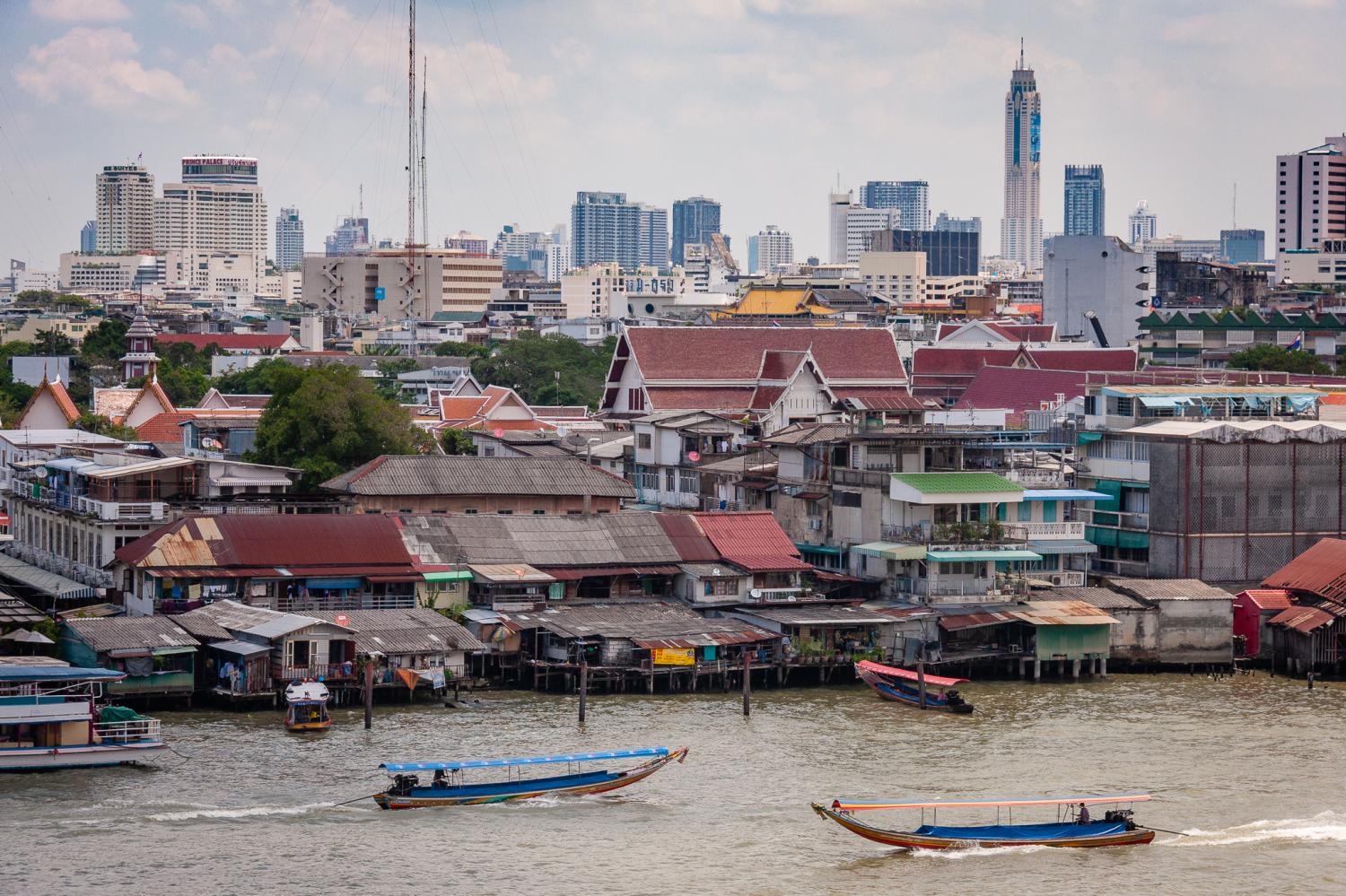
A Mahakan Fort community leader has challenged Bangkok governor Sukhumbhand Paribatra to join a debate on the future of its residents after City Hall dusted off plans to turn the village into parkland.
Thawatchai Voramahakun said residents, known for their efforts to preserve the old wooden houses, will fight for their rights to live in the century-old community.
Some of the houses typify Rattanakosin-style architecture. Mr Thawatchai claimed MR Sukhumbhand recently made a promise to allow the community to stay in the area until the end of his second term early next year.
"I'd like to know if the governor will keep his promise made to the community," Mr Thawatchai said.
The governor couldn't be reached for comment.
The Bangkok Metropolitan Administration said it renewed the eviction plan to pave the way for a public park and conserve the fort, which is a registered historical site.
But it remains unclear what will happen to the old wooden structures nearby if the BMA goes ahead with the plan, conceived in 1992 under the tenure of then governor Chamlong Srimuang in response to an initiative of the Committee on Conservation of Rattanakosin and Old Towns to preserve the historical site.
Mahakan Fort was one of the forts constructed in the reign of King Rama I. King Rama III granted land along the walls of the fort to his servants, a custom continued by later kings.
Given the area was a grant from the palace, residents have no land title deeds proving legal ownership, and the state has treated them as illegal occupants.
As several conservationists recognised the value of the old community, which is also known as the birthplace of likay performing arts in Bangkok about a century ago, the BMA, under then governor Apirak Kosayodhin, commissioned Silpakorn University to conduct research on how to conserve the area.
The 10-million-baht study showed the area could be preserved and developed as a living museum and argued the community should be allowed to stay, and safeguard the heritage as well as the green area.
The research study was shelved as it didn't get support from City Hall officials.
Mr Thawatchai was adamant the BMA should hold a public hearing if it continues with its eviction plan.
"Everyone in the capital should be able to voice their opinion on how City Hall should spend its budget; and whether the area should be turned into a park, rather than allowing community residents to continue to live in it and make it a living museum," he said.
BMA Land Acquisition Division director Sakchai Boonma disputed the community's claim.
He said: "If the community is authentic, the BMA will never relocate the people there.
"But they cannot be classified as an old community with traditional livelihoods like that of the Ban Bat community that produces handcrafted alms bowls."
A BMA committee will meet on Wednesday to discuss the eviction details.


